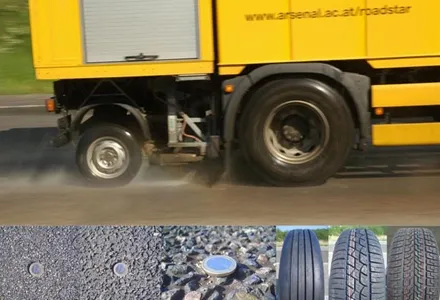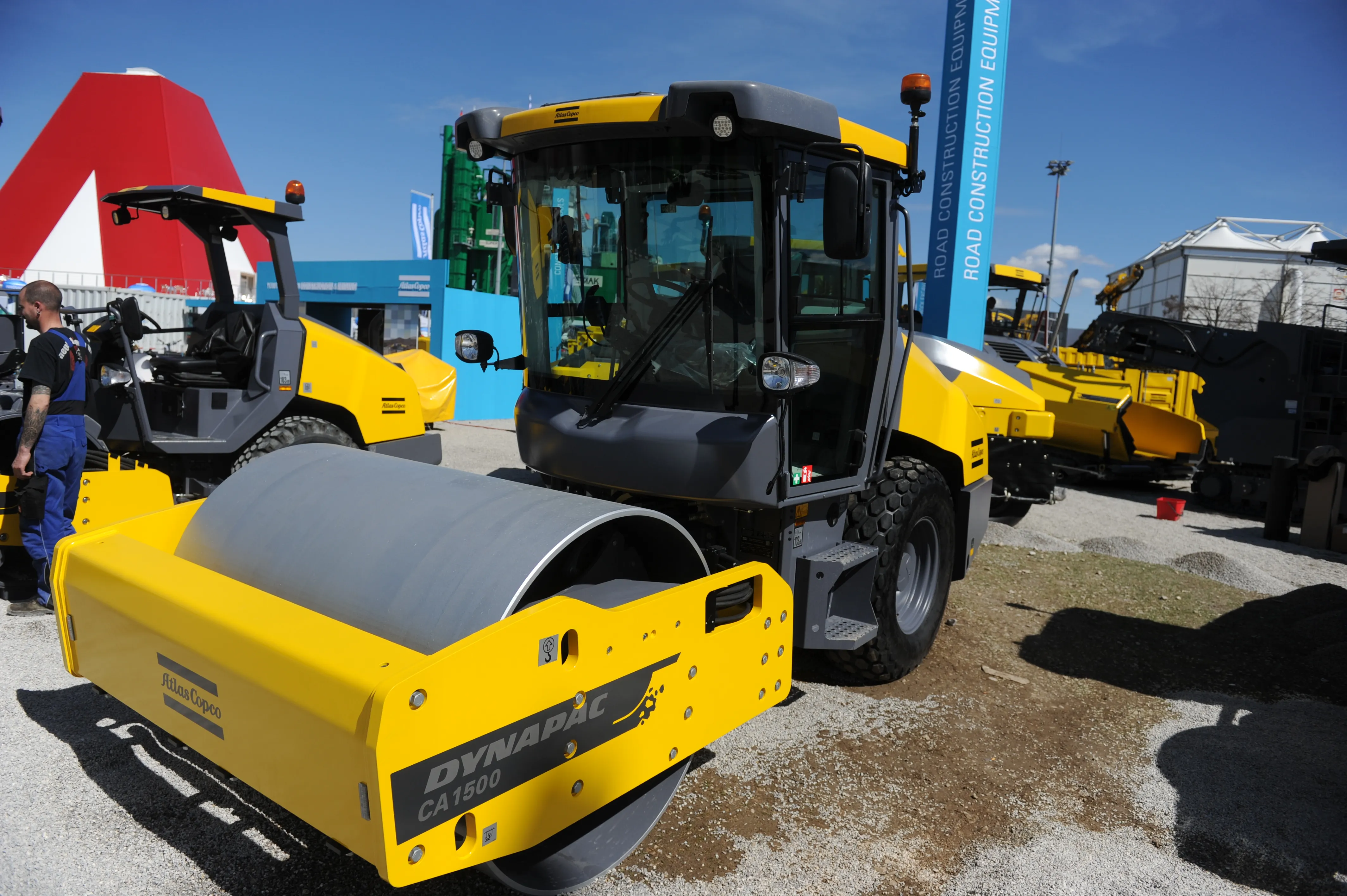The state government of Maharashtra in India has named BrihanMumbai Municipal Corporation (BMC) as preferred bidder for construction of Mumbai’s Coastal Freeway worth around US$1.36 billion.
The 35.6km freeway, subject to clearance from the central government in New Delhi, will run from Mumbai’s business district, called Nariman Point, to the northern suburb of Kandivli.
Coastal Freeway, which runs beside the sea, on reclaimed lands, landfill sites and some small bridges, is the alternative to the mor
April 15, 2015
Read time: 2 mins
The state government of Maharashtra in India has named BrihanMumbai Municipal Corporation (BMC) as preferred bidder for construction of Mumbai’s Coastal Freeway worth around US$1.36 billion.
The 35.6km freeway, subject to clearance from the central government in New Delhi, will run from Mumbai’s business district, called Nariman Point, to the northern suburb of Kandivli.
Coastal Freeway, which runs beside the sea, on reclaimed lands, landfill sites and some small bridges, is the alternative to the more expensive highway built out into the sea, called sea links.
For a video of the Coastal Freeway plan, %$Linker:2 External <?xml version="1.0" encoding="utf-16"?><dictionary /> 0 0 0 oLinkExternal click here video of the Coastal Freeway plan false https://www.youtube.com/watch?v=w9nDAQSkHG0 false false %>.
At the same time, the Maharashtra government cancelled three sea link projects that are part of the Western Freeway Sea Link. The cancelled projects are the $962 million Bandra-Versova sea link, the $801 million Nariman Point-Haji Ali sea link and the Worli-Haji Ali sea link, also costing $801 million.
The move was taken after the state government received overwhelming opposition from various parties over a proposal to introduce a toll collection for the three sea links, according to a report in the Business Standard newspaper.
The 35.6km freeway, subject to clearance from the central government in New Delhi, will run from Mumbai’s business district, called Nariman Point, to the northern suburb of Kandivli.
Coastal Freeway, which runs beside the sea, on reclaimed lands, landfill sites and some small bridges, is the alternative to the more expensive highway built out into the sea, called sea links.
For a video of the Coastal Freeway plan, %$Linker:
At the same time, the Maharashtra government cancelled three sea link projects that are part of the Western Freeway Sea Link. The cancelled projects are the $962 million Bandra-Versova sea link, the $801 million Nariman Point-Haji Ali sea link and the Worli-Haji Ali sea link, also costing $801 million.
The move was taken after the state government received overwhelming opposition from various parties over a proposal to introduce a toll collection for the three sea links, according to a report in the Business Standard newspaper.







